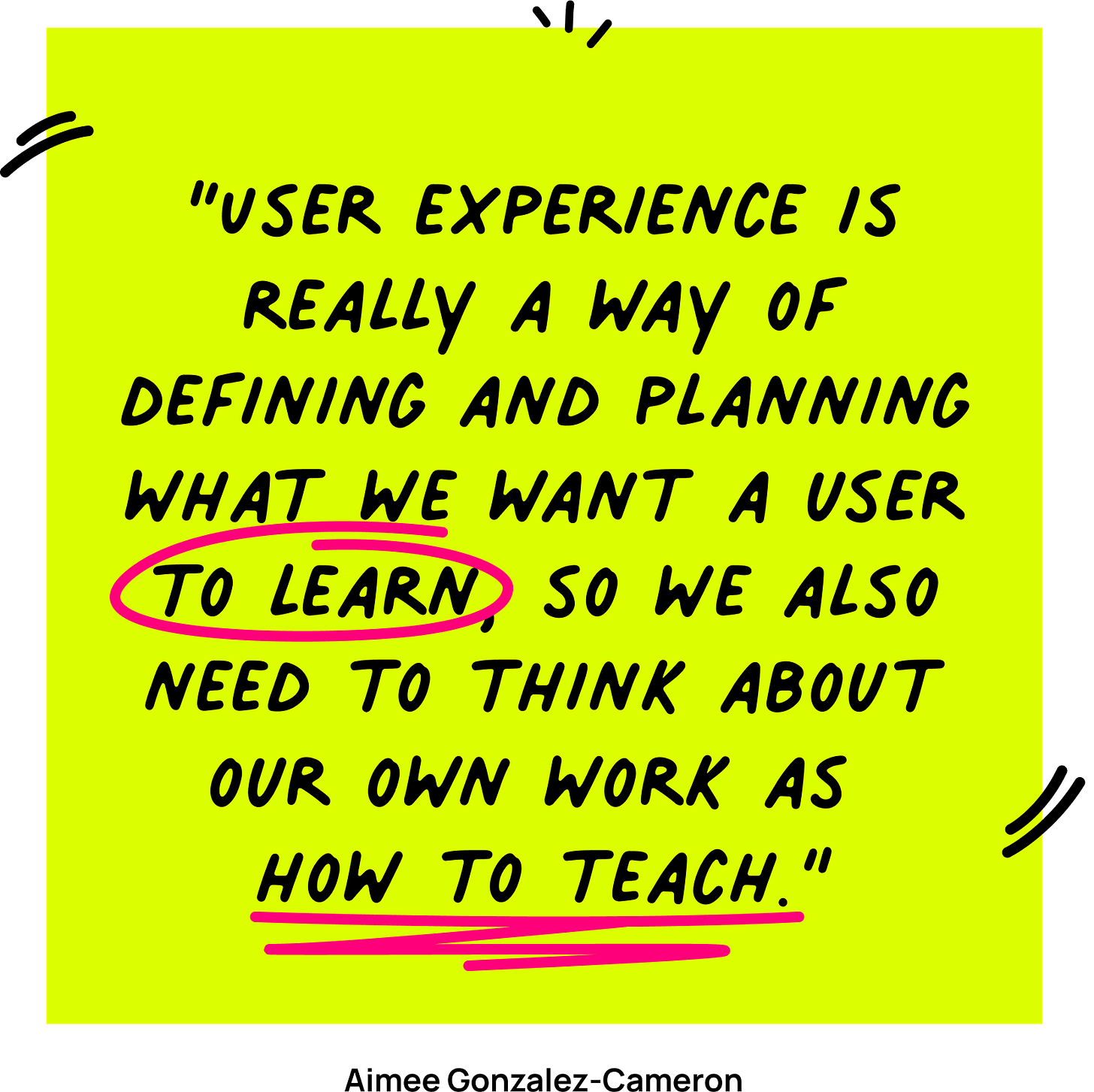Stickies #2: Understanding the underlying user needs, setting up context for effective feedback, and designing to help someone learn
3 bits of wisdom worth sharing this week
Hey all,
Last year, I started a series sharing wisdom from others, but alas, I didn’t keep it going.
This year, I’m excited to restart it and share more great insights I’ve come across on the internet.
I’ve rebranded it as Stickies and hope this wisdom will stick with you.
Design Buddy is a free publication supported by readers like you. Subscribe to have my next post delivered directly to your inbox.
#1 Understanding the underlying user needs
Whenever I start working on a new feature or product, I always turn to the Jobs-to-be-Done framework. It’s a great way to uncover the deeper user needs: does the user actually need this product? Why do they need it? What are they trying to achieve?
Clayton Christensen, the Harvard professor who came up with the framework, shared a great example: why do people buy milkshakes in the morning? It’s not just because they simply like milkshakes. People buy them because they want something easy to grab on the go, something that keeps them full for a while, and makes their commute more enjoyable. It’s about the “job” the milkshake is hired to do, not the milkshake itself.
The same thinking applies when we explore new products or features. Customers don’t just want to use a feature for the sake of it. They’re trying to solve a problem or make life better—or maybe to save time, reduce effort, or feel more accomplished.
It’s always about the outcome, not just the tool.
#2 Setting up a context for effective feedback
I’m in the process of writing a new series about context. I have been researching context in design. I know I said ‘context’ too many times!
Feedback is like air for us as designers—we can’t live without it. We breathe it in from users, teammates, and stakeholders. We hear everyone, but we can’t and shouldn’t take in everything from everyone. That’s where context comes in.
Before asking for feedback, set the stage. Who do you need feedback from? Why do you need it from them? What’s the goal?
The more intentional you are, the more meaningful the feedback becomes.
#3 Designing to help someone learn
I really love this beautiful piece by Aimee Gonzalez about designing for someone to learn about the product they use.
At its core, we aim to design something that’s easy to use and understand—something that feels intuitive.
But that’s not always the case, especially with complex systems like enterprise dashboards. That’s when we need to adopt a teacher’s mindset to facilitate learning and nurture our users.
Until next time.
Cheers,
Thomas
If you find any of these links broken, please let me know. Thank you!
You can show your support by clicking the heart button ❤️ or sharing this with a friend, colleague, or fellow designer! It helps me spread this newsletter and reach more people. Thank you!





